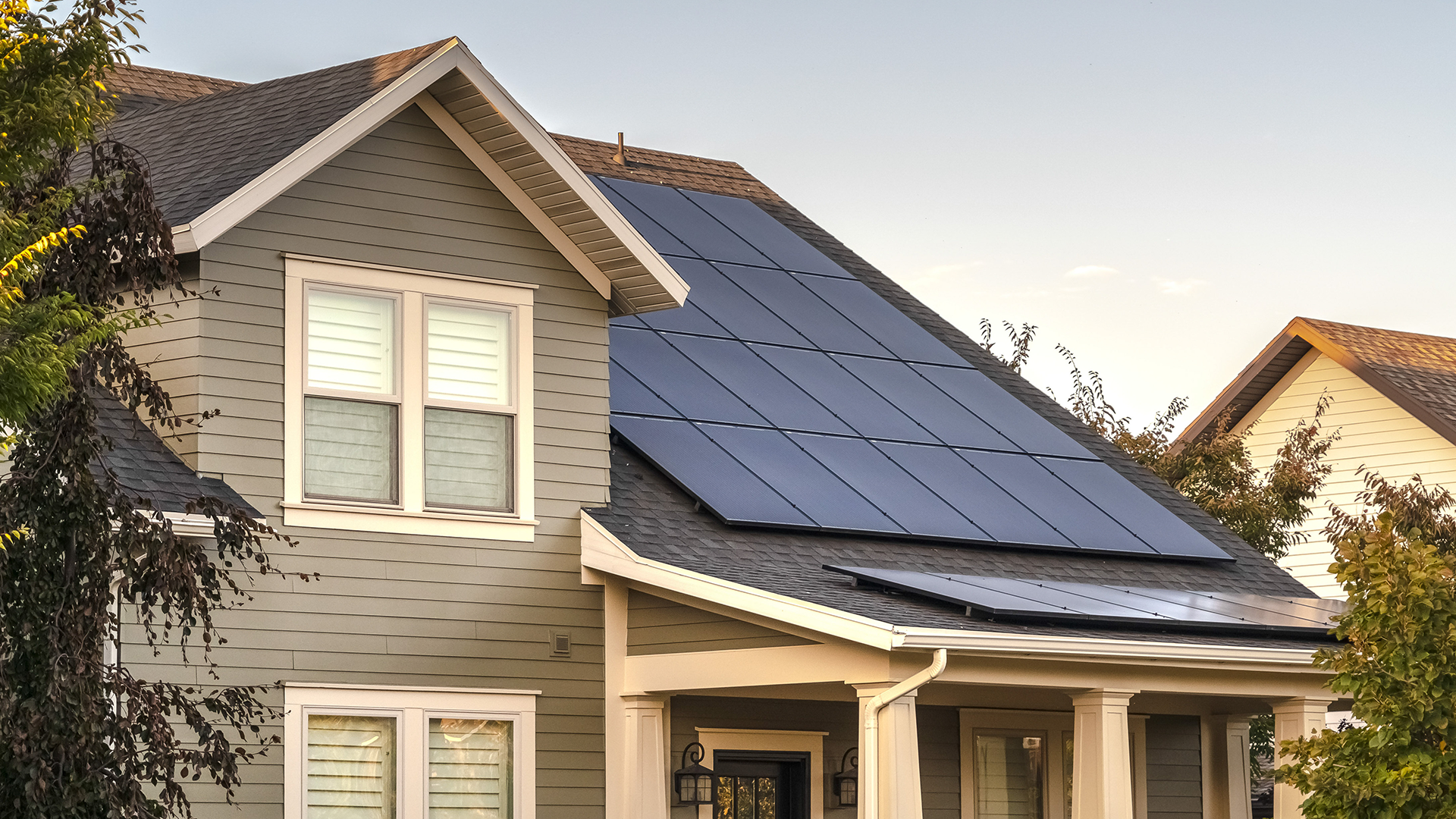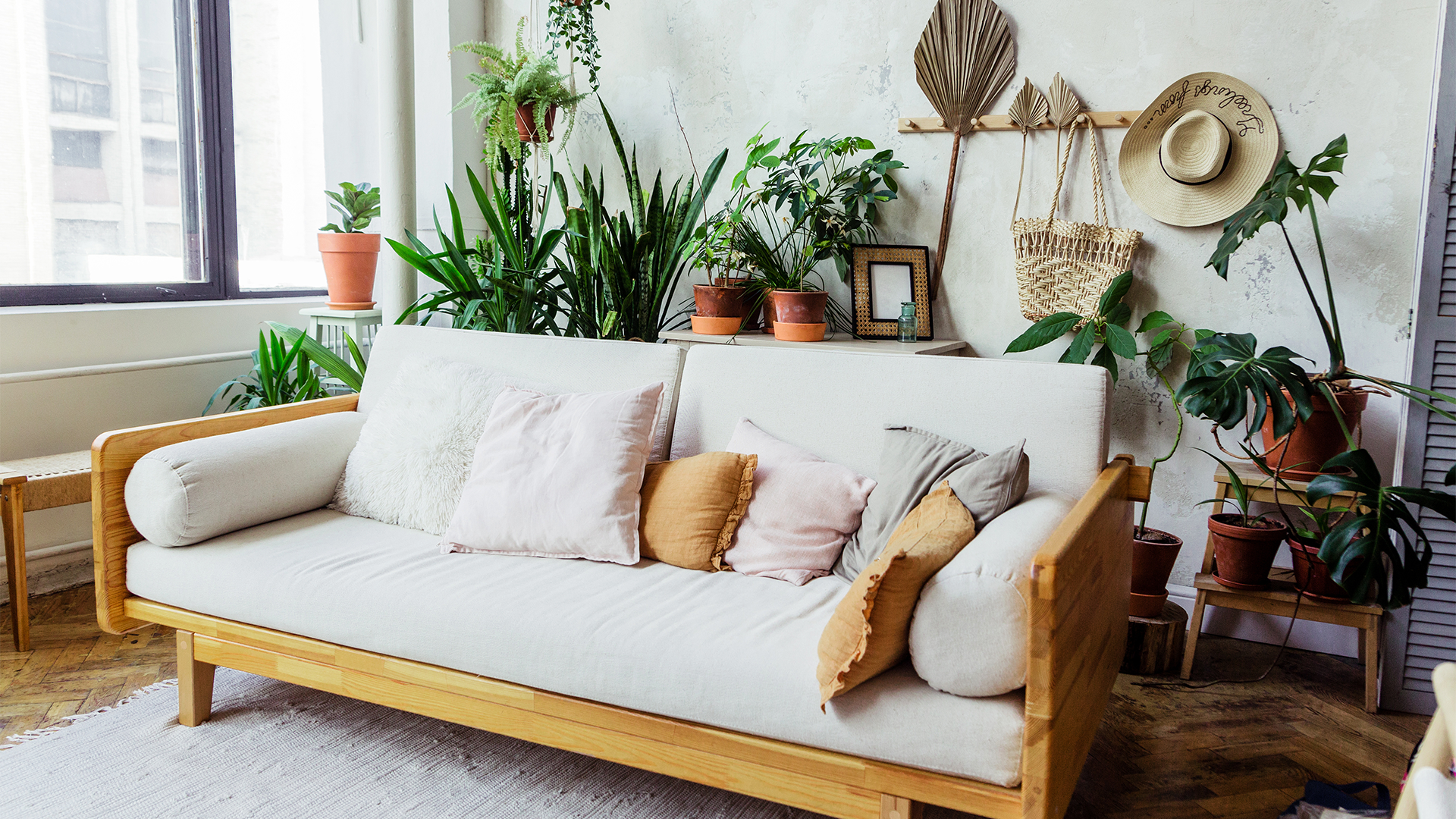CONSUMER PULSE

The national mood has dipped slightly; a wardrobe refresh is on the cards; and Aussies are looking to create a more sustainable future. Find out what’s hot and what’s not in this issue of Nine’s Consumer Pulse.
Consumer Pulse surveys over 2,000 national respondents spanning Nine’s TV, digital, print and talk radio audiences. The fortnightly survey canvasses the thoughts, purchasing intentions and mood of the nation, to better inform and educate marketers on how they can reach and engage Australian audiences.
Inside this month's Consumer Pulse dip: 3-6 December, 2021

Mood of the Nation

Purchase Consideration

Sustainability Conversation Starters
Mood of the Nation
The national mood has dipped in light of the new COVID-19 strain Omicron first being announced in Australia on Sunday, November 28. Uncertainty surrounding the new strain and what it means to our health and freedom has resulted in a slight rise for sentiments of anxiousness, hesitance, uncertainty and annoyance.
Mood tracker: Net positive vs net negative mood
NOTE: For the best viewing experience on mobile, please view landscape.
Dominant mood indicators
Despite uncertainty, hesitation, annoyance and anxiety all rising, feelings of hope, optimism, and calmness are prevailing – here’s hoping for a more positive and less eventful 2022.
NOTE: For the best viewing experience on mobile, please view landscape.
Purchase consideration: In style for the holidays
A wardrobe refresh appears to be on the cards for many consumers, as purchase intent for clothing tops the list of categories with around 1 in 3 Nine audiences having researched or considered purchasing clothes in the past week (30%). This is an increase of 3% on last month and slightly higher among Nine radio listeners (32%).
Purchase intent for home entertainment equipment has also increased (up 3%) from the previous month with 1 in 9 (11%) considering purchasing, whilst gardening and landscaping and holidaying within Australia remain on top of the list for around 1 in 4 of Nine audiences.
NOTE: For the best viewing experience on mobile, please view landscape.
Conversation Starters centred on Sustainability
Increasingly, businesses and brands can see that the work to be done around sustainability can’t be done by government alone. The issues are big: the climate crisis, the state of our oceans and our air, clean energy for a better future, the sustainability of our infrastructure, how to make our cities more liveable – the list goes on.
But how can brands meaningfully and effectively connect in this space? We asked our readers, listeners, viewers and subscribers what matters to them.
Creating a sustainable future
Some 62% of those surveyed have admitted that it’s important to live more sustainably in their day-to-day lives and are already undertaking sustainable actions such as recycling at home (94%), purchasing products with packaging that can be recycled (74%), purchasing products with packaging made of recyclable material (66%), and purchasing products that don’t contain palm oil (58%). Around 3 in 5 (58%) are already (or planning) supporting companies and organisations that have a sustainability policy.

Brand consideration
Based on these behaviours, now and into the future brands need to rethink packaging, processes and policies to meaningfully connect with a more informed consumer.
Climate concerns leading to a rise in eco-living
While the UN Climate Change conference (COP26) in Glasgow has come and gone, it appears to have left many Australians uncertain and worried about our future climate crisis. The latest poll results of Nine audiences indicates 2 in 3 are concerned, with 1 in 3 (34%) very worried about climate change (peaking to 53% among readers of the SMH and The Age). Possibly as a result of this, within the next 12 months, 1 in 5 Australians are planning to create an energy-efficient home.
Brand consideration
With a clear intent by consumers to act in this space, brands have a great opportunity to tap into increased interest in an energy-efficient home of the future.

Sustainable living can be affordable, but lacks style
Some 73% of Nine audiences agree that their home is a reflection of their personality, and with the growing focus on sustainable living, 67% also agree that sustainable living can be affordable. However, sustainable living is yet to be seen as modern, with only 23% saying a more sustainable home is also a more stylish home.

Brand consideration
With any new brand or product innovation in this space, a sense-check would be to ensure a more modern and stylish lens is applied to ensure it will appeal to consumers.
Want to know more?
Contact your Nine representative on the form below:

